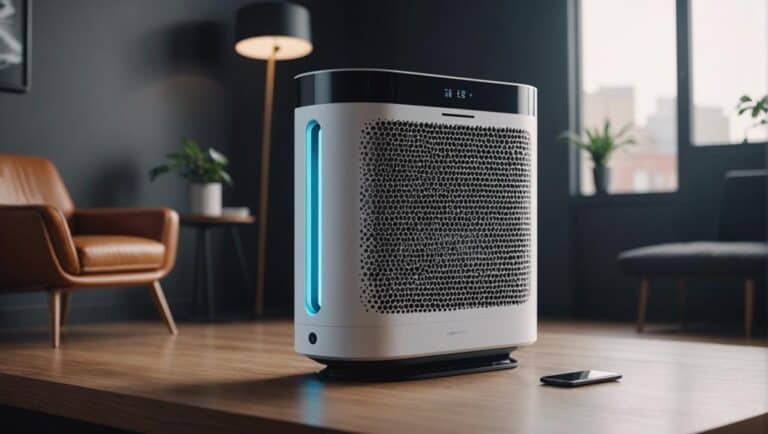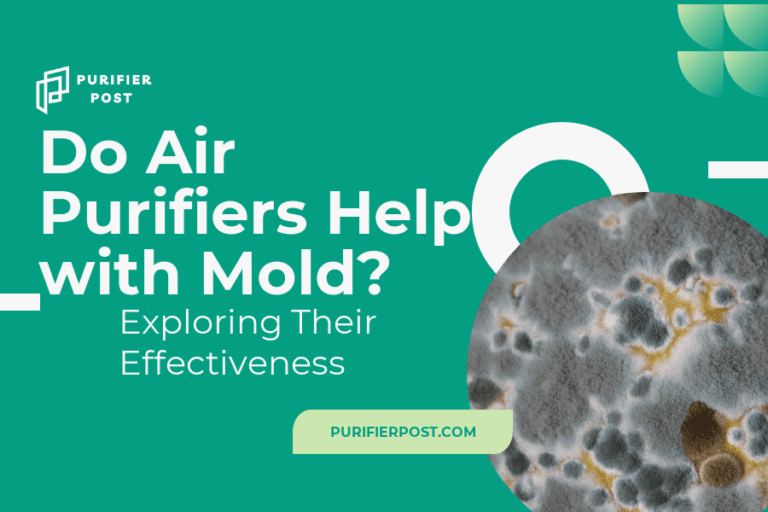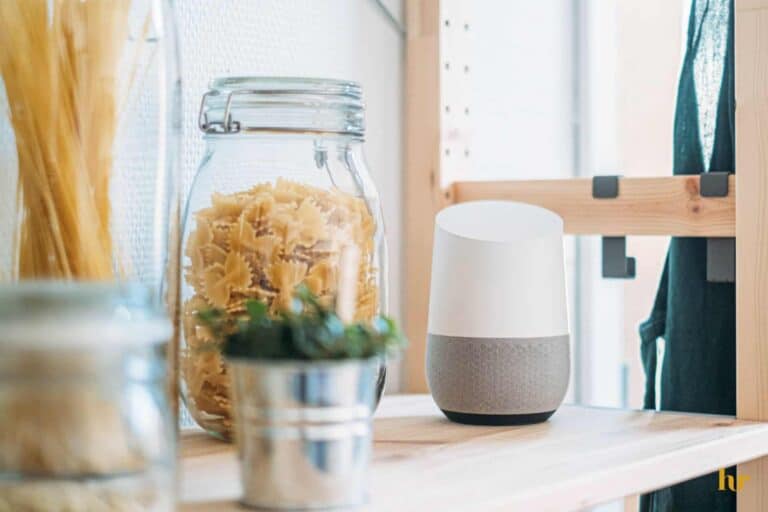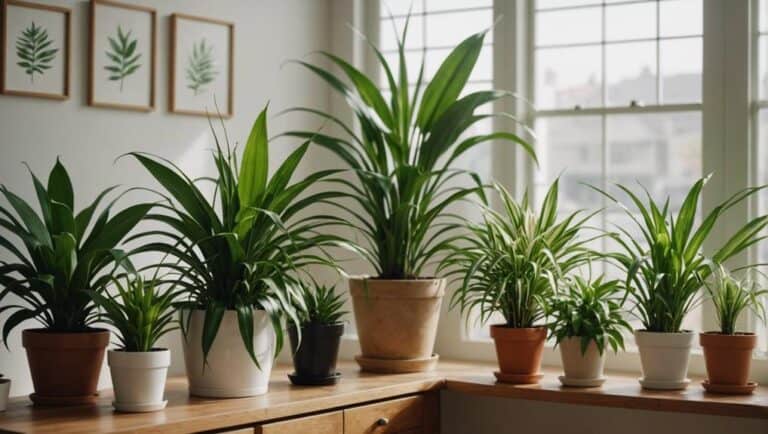Comparing Air Purifiers and Fans: Which is the Best Choice for Indoor Air Quality?
Improving indoor air quality is becoming increasingly important as more people spend a significant amount of their time indoors. With the rise in pollution levels and concerns surrounding allergies and airborne diseases, finding effective solutions to ensure clean and healthy air within our homes or offices has become a priority.
In this article, we will explore two popular options: air purifiers and fans. While both claim to enhance indoor air quality, it is crucial to understand their functionalities before making an informed decision.
Join us as we delve into the world of air purification systems and fans to determine which option offers the best choice for superior indoor air quality.
How do air purifiers work?
Air purifiers work by filtering the air in a room to remove impurities and improve indoor air quality. They operate using a fan to draw in air and then pass it through a series of filters. These filters are designed to capture different types of particles, such as dust, pollen, pet dander, and mold spores.
- Pre-filter: This initial filter captures larger particles like hair and dust.
- HEPA filter: High-Efficiency Particulate Air (HEPA) filters trap smaller particles that can cause allergies or respiratory issues.
- Activated carbon filter: This type of filter adsorbs odors and chemicals from the air.
- UV-C light: Some air purifiers also use ultraviolet light to kill bacteria and viruses.
Once the air passes through these filters, it is released back into the room cleaner and fresher. Some high-end models may also have additional features like ionizers or ozone generators to further improve indoor air quality.
How do fans work?
Fans work by creating a breeze that helps to circulate the air in a room. They do not actually cool down the air, but they create a cooling effect on our skin by increasing evaporation from our bodies.
When you turn on a fan, its motor starts rotating the blades or propellers in the unit. These blades push and pull the air, which creates airflow in the room. As air moves across our skin, it evaporates moisture from our sweat glands, making us feel cooler.
Fans can be placed anywhere in a room and are typically portable devices that can easily be moved around as needed. They come in various sizes and styles, such as ceiling fans or desk fans, to suit different preferences and needs for indoor air circulation.
Key differences between air purifiers and fans
Key Differences between Air Purifiers and Fans
When it comes to improving indoor air quality, there are several key differences between air purifiers and fans:
- Function:
- Air purifiers are designed specifically to remove harmful pollutants, such as dust, pet dander, pollen, and smoke particles from the air.
- Fans, on the other hand, do not clean or filter the air. They simply circulate the existing air in a room to create a cooling breeze.
- Benefits:
- Air purifiers can significantly reduce allergens and improve overall indoor air quality for people with respiratory conditions or allergies.
- While fans do not actually clean the air, they can provide immediate relief by creating a cooling effect and helping to evaporate sweat.
- Technology:
- Air purifiers use filters (e. g., HEPA filters) or advanced technologies like UV germicidal irradiation to capture or neutralize airborne contaminants.
- Fans rely on blades that move at high speeds to create airflow; they do not have any built-in filtration systems.
- Noise Levels:
- Air purifiers tend to produce less noise than fans since their primary focus is on cleaning the air rather than creating intense airflow.
- Fans can generate significant noise levels due to their rotating blades.
- Energy Efficiency:
- Air purifiers typically consume more electricity than fans because of their complex filtration systems and additional features like UV light technology.
- Fans are generally more energy-efficient since they only need enough power for their motor-driven rotating blades.
Knowing these key differences can help you make an informed decision when choosing between an air purifier or fan for your indoor space. Consider your specific needs regarding allergies, comfort level, noise tolerance, and energy consumption before making a final choice.
Pros and cons of air purifiers
Pros and Cons of Air Purifiers
Air purifiers offer several benefits for improving indoor air quality.
Pros:
- Cleaner Air: Air purifiers effectively remove pollutants such as dust, smoke, pollen, pet dander, and mold spores from the air you breathe.
- Better Health: By reducing airborne irritants, air purifiers can help alleviate symptoms of allergies and asthma.
- Odor Reduction: Some air purifier models are equipped with activated carbon filters that absorb odors from cooking, pets or household chemicals.
However, there are also some drawbacks to consider before investing in an air purifier.
Cons:
- Expensive Upfront Cost: Quality air purifiers can be quite expensive initially; additional costs include filter replacements.
- Limited Coverage Area: Standard-sized units may not have sufficient capacity to clean the entire house efficiently. Larger homes may require multiple devices for comprehensive purification.
- Noise Level: Depending on the model’s design and settings, some air purifiers can produce noticeable noise while operating which might disturb your sleep or work environment.
Pros and cons of fans
Pros and Cons of Fans
Pros:
- Cost-effective: Fans are generally less expensive compared to air purifiers, making them a more budget-friendly option for improving indoor air quality.
- Energy-efficient: Fans consume less energy than air purifiers since they only circulate the existing air in a room rather than filtering it. This can result in lower electricity bills.
- Versatile: Fans have multiple uses beyond just improving indoor air quality. They help with cooling during hot weather and providing comfort throughout the year.
Cons:
- Limited filtration capability: Unlike air purifiers, fans do not have filters that can remove allergens, pollutants, or airborne particles present in the environment. They simply move around dust and other contaminants already present in the room.
- Not suitable for severe allergies or respiratory conditions: Individuals with severe allergies or respiratory conditions may find that using a fan exacerbates their symptoms by spreading allergens or irritants through the circulating air.
- Noise level: Some fans can be noisy when operating at higher speeds, which might disturb light sleepers or those requiring a quieter environment.
Factors to consider when choosing between an air purifier and a fan
When deciding between an air purifier and a fan, there are several factors to keep in mind.
- Indoor Air Quality Needs: Consider the specific needs of your indoor environment. If you suffer from allergies or have respiratory issues, an air purifier may be more beneficial as it can filter out allergens and pollutants from the air. On the other hand, if your primary concern is improving ventilation or cooling down a room, then a fan could be sufficient.
- Effectiveness: Evaluate how effective each option is at addressing your concerns. Air purifiers use filters or technologies like HEPA filtration to capture particles in the air while fans circulate existing air without any purification process. While both options can improve indoor air quality to some extent, they differ in terms of their ability to remove contaminants.
- Noise Level: Consider noise levels when making your decision. Fans tend to produce more noise compared to most modern air purifiers. If having a quiet environment is important for you during sleep or work hours, choose an air purifier that operates silently.
Overall, carefully assess your specific requirements regarding indoor air quality improvement before selecting either an ai r purifier or fan.”
Best air purifiers for indoor air quality
- HEPA Filter Air Purifiers: These purifiers are highly effective in removing particles as small as 0. 3 microns, including pollen, pet dander, dust mites, and mold spores. They use a High-Efficiency Particulate Air (HEPA) filter to trap these pollutants, improving the overall air quality in your home.
- Activated Carbon Air Purifiers: These purifiers utilize activated carbon filters to remove odors and volatile organic compounds (VOCs) from the air. This technology is particularly useful for households with smokers or those located near busy roads where pollution levels may be higher.
- Air Ionizers: Using ionization technology, these purifiers release negatively charged ions into the air that attach to positively charged particles like smoke and dust. This causes them to fall onto surfaces where they can be easily cleaned up later. However, it is worth noting that while ionizers are effective at eliminating some pollutants, they do not capture smaller particles like HEPA filters.
In summary, when considering the best choice for indoor air quality improvement, hepa filter purifiers offer exceptional particle filtration capabilities while activated carbon units excel in reducing odors and VOCs. While all three types provide various benefits depending on specific needs and preferences of individuals regarding their unique environments conditions; it’s essential to consider your specific requirements before making a decision on which type of purification system will work best for you.
Best fans for indoor air quality
The Benefits of Fans for Indoor Air Quality
- Improved air circulation: Fans help to circulate the air in a room, preventing it from becoming stagnant and reducing the buildup of allergens, dust, and pollutants.
- Budget-friendly option: Compared to air purifiers, fans are generally more affordable and cost-effective in terms of upfront expenses as well as maintenance.
- Increased ventilation: Fans can draw fresh outdoor air into a space through open windows or doors, promoting better overall indoor airflow.
Regular use of fans can also provide relief to individuals with respiratory conditions such as asthma or allergies by minimizing the presence of irritants. However, it is important to note that while fans are effective at improving air circulation and providing some level of filtration when equipped with HEPA filters or other attachments specifically designed for filtering particles (such as pollen), they cannot offer the same level of comprehensive purification that air purifiers do.






